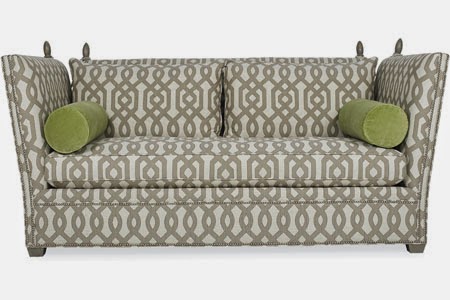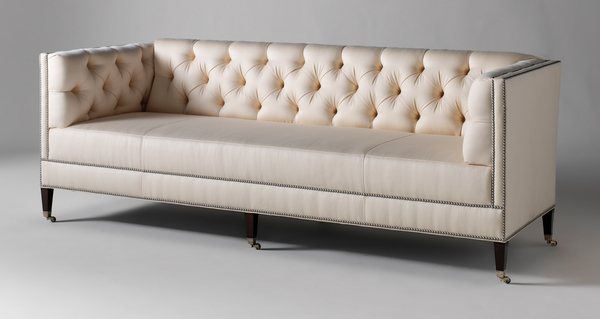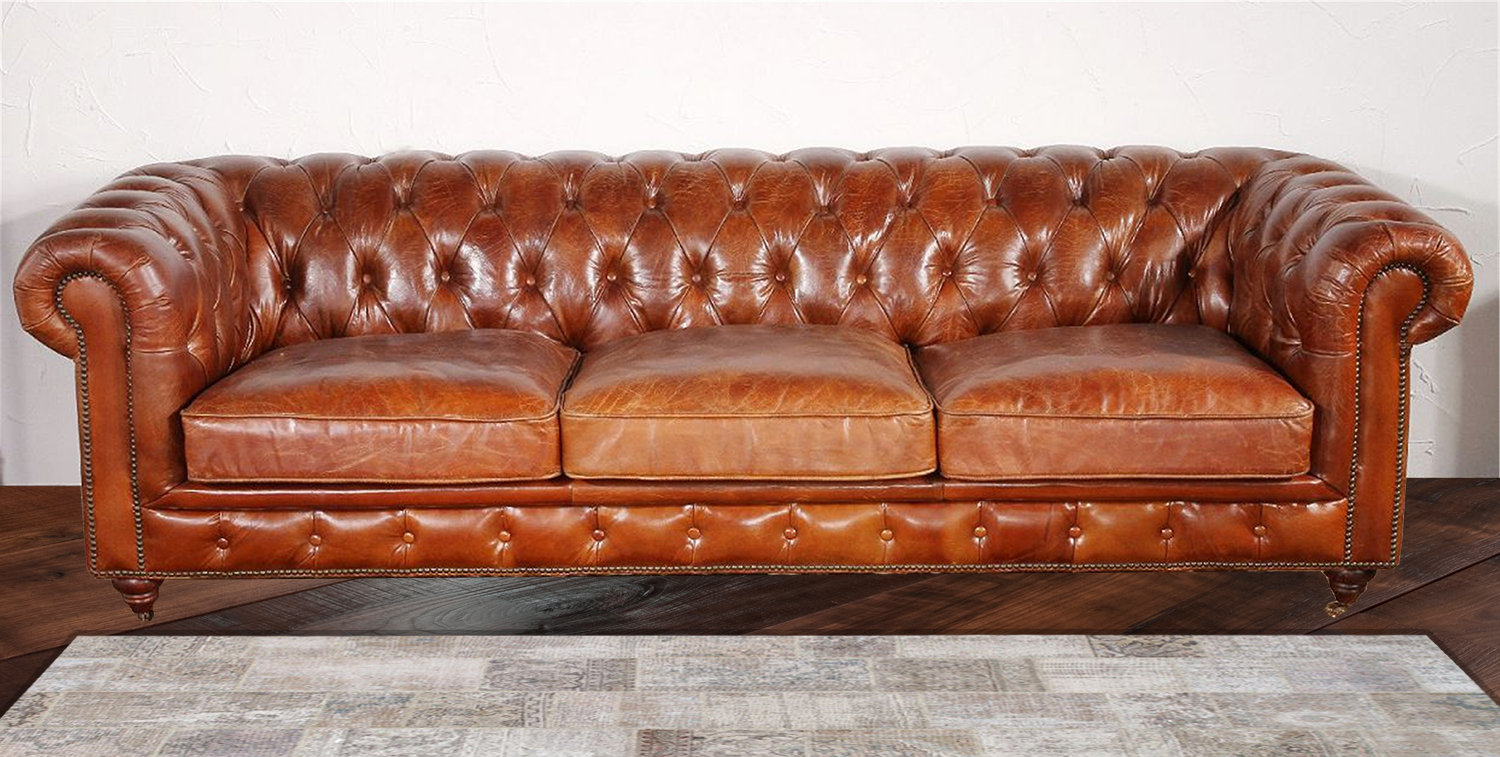10. Sectional Sofa
Function is the main attribute promoted by modernism, and the sectional sofa’s modular components highlight it well. This practical design combines end and corner units, ottomans, recliners and/or chaises.
Sectional sofas are a good option for contemporary rooms with high ceilings or lot of windows. They are also great for filling up large spaces, especially in formal areas; they aren’t the best choice for small interiors or powerful personalities.










